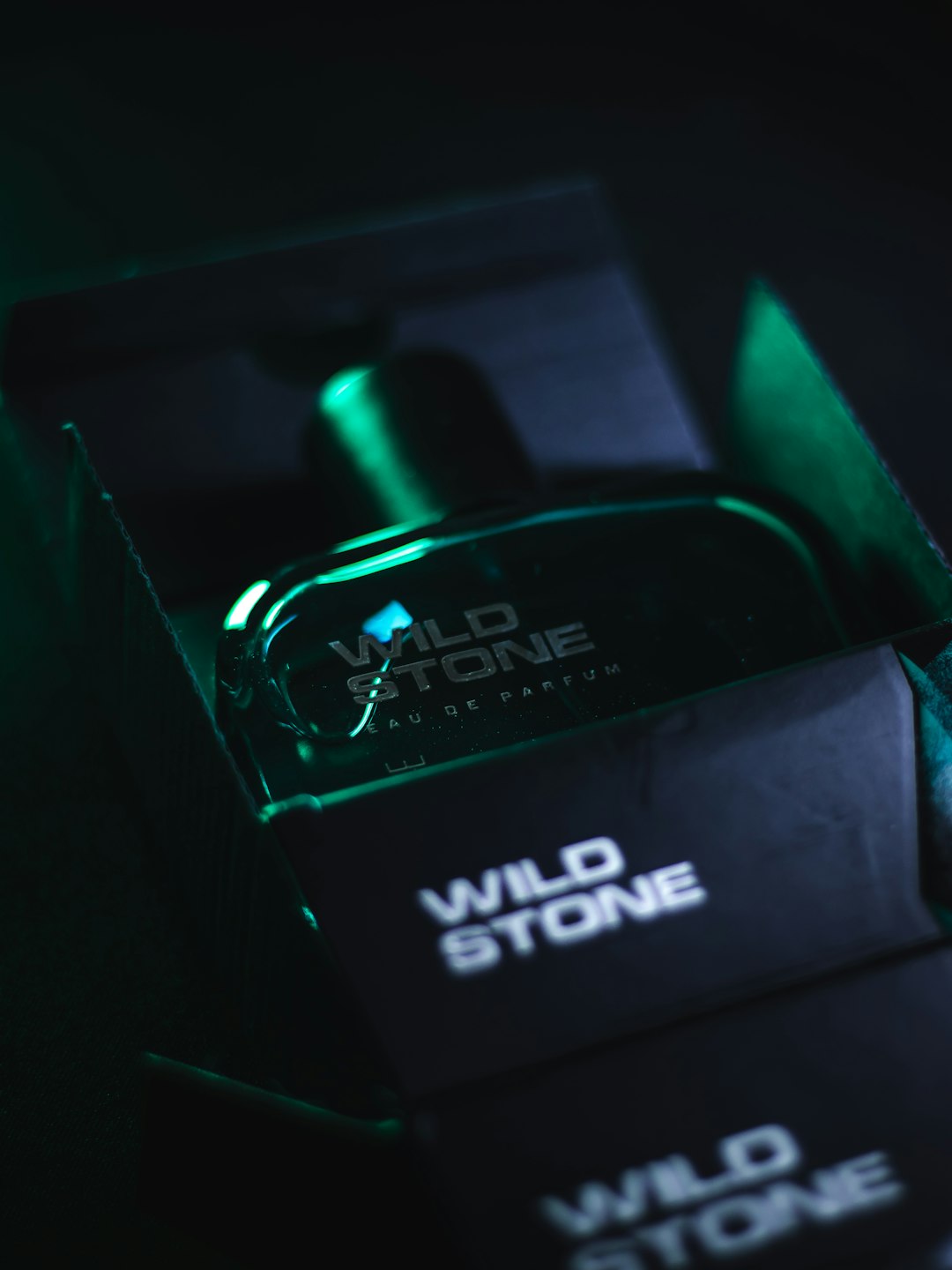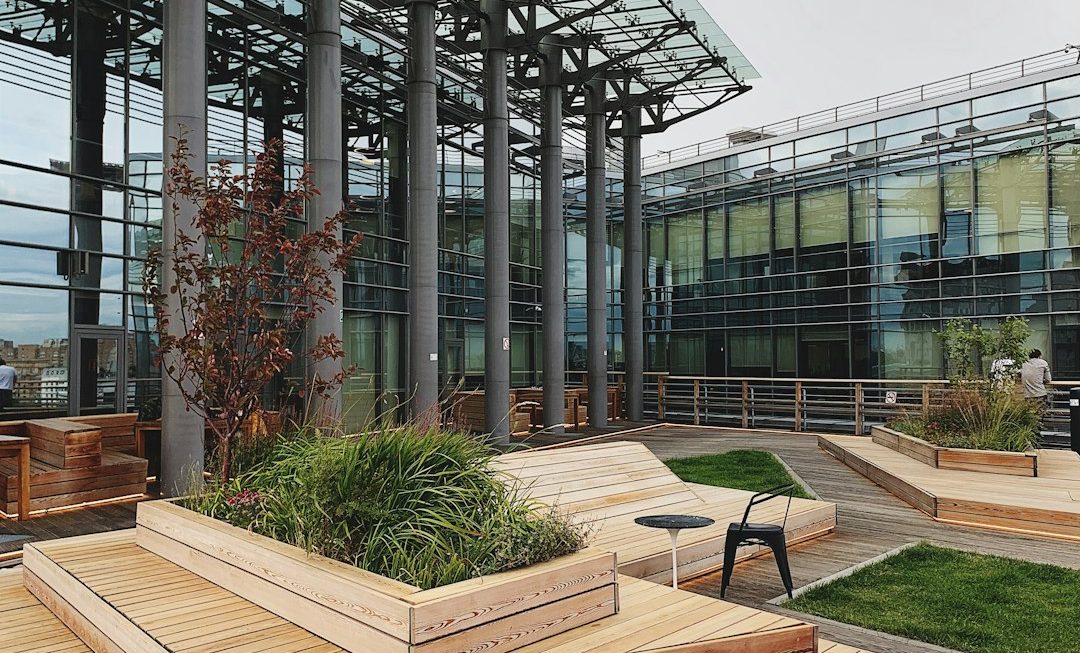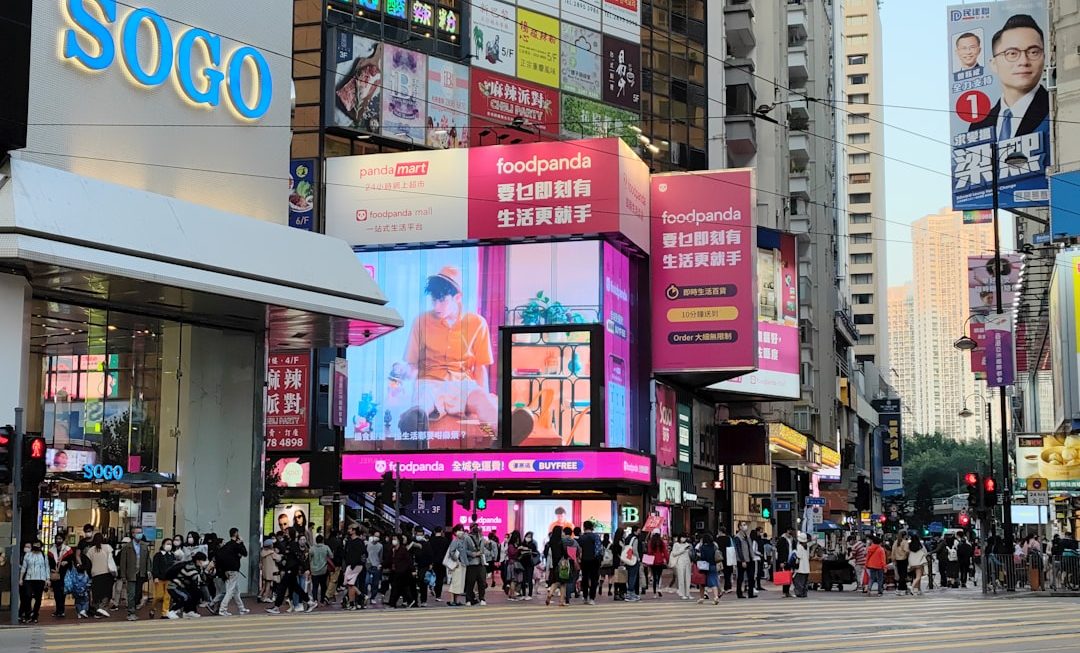In the ever-evolving world of marketing content and visual storytelling, two professional roles often get discussed interchangeably: commercial photography and advertising creative. While both contribute powerfully to branding and sales initiatives, they differ significantly in terms of scope, deliverables, and key performance indicators (KPIs). Understanding the distinction between the two is crucial for brands aiming to optimize their marketing strategies effectively.
Core Differences Between Commercial Photography and Advertising Creative
At the surface, both professions aim to communicate a brand’s message visually. However, their approach, responsibilities, and expected outcomes are distinct.
- Commercial photography primarily focuses on creating high-quality images that showcase a product or service. The emphasis is visual accuracy, aesthetics, and versatility for various uses such as catalogs, websites, or e-commerce platforms.
- Advertising creatives, on the other hand, strategize and execute entire campaigns, which may include commercials, social media content, slogans, and visuals that drive specific audience engagement.
Scope of Work
The scope of a commercial photographer‘s work is centered predominantly around image creation. This includes:
- Product photography
- Lifestyle shoots
- Corporate headshots
- Environmental portraits
- Editorial content
These assets are produced with technical precision and are often designed to be reused across a wide span of marketing collateral.
Conversely, an advertising creative team is often involved from the inception of a campaign idea to its final launch. Their duties include:
- Creative concept development
- Market and audience research
- Cross-channel campaign design
- Scriptwriting and storyboarding
- Directing visual content, which may include photography
This role is strategic and bridges both creative direction and marketing knowledge to deliver content that doesn’t just look good, but performs well.
Key Deliverables
Understanding the key deliverables from each role can help marketers and businesses make smarter investments.
Commercial Photographer Deliverables:
- High-resolution edited images
- Background-removed product shots
- Styled lifestyle imagery
- RAW file archives (on request)
- Usage rights/licensing agreements
These photos are often used in a variety of applications, such as print media, digital ads, and trade show graphics. Their quality and consistency build trust with customers and demonstrate product craftsmanship.
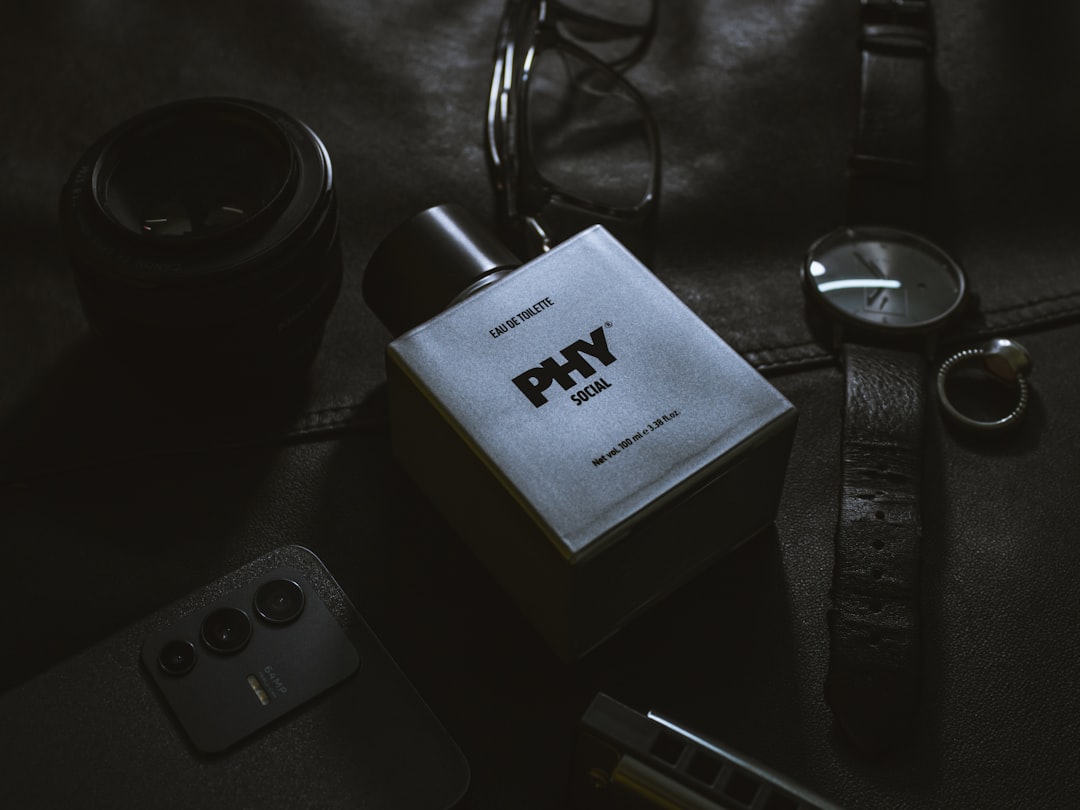
Advertising Creative Deliverables:
- Integrated campaign plans
- Video commercials or micro-content
- Copywriting and taglines
- Brand mood boards and tone-of-voice guidelines
- Ad templates for different digital platforms
These deliverables are often campaign-specific and tailored to generate action-based customer behavior like clicks, sign-ups, or in-store visits.
Tools Used
Commercial photographers typically employ:
- DSLR and mirrorless camera systems
- Editing software such as Adobe Lightroom and Photoshop
- Lighting kits and modifiers
- Product staging materials
In contrast, advertising creatives might use:
- Creative suites like Adobe Creative Cloud
- Campaign management software (Asana, Monday.com)
- Ad analytics platforms (Google Ads, Meta Ads Manager)
- Prototyping tools such as Figma or Canva
While there is some crossover, the heavy emphasis for photographers is on aesthetics and fidelity, while advertising pros focus on performance and adaptation.
Key Performance Indicators (KPIs)
Evaluating success is perhaps where the difference between commercial photography and advertising creative becomes most pronounced.
Commercial Photography KPIs:
- Image resolution and sharpness metrics
- Client satisfaction scores
- Turnaround time for deliverables
- Platform readiness (e.g., web optimization)
- Visual consistency across product lines
These metrics are generally more qualitative in nature and emphasize skill, control, and reliability.
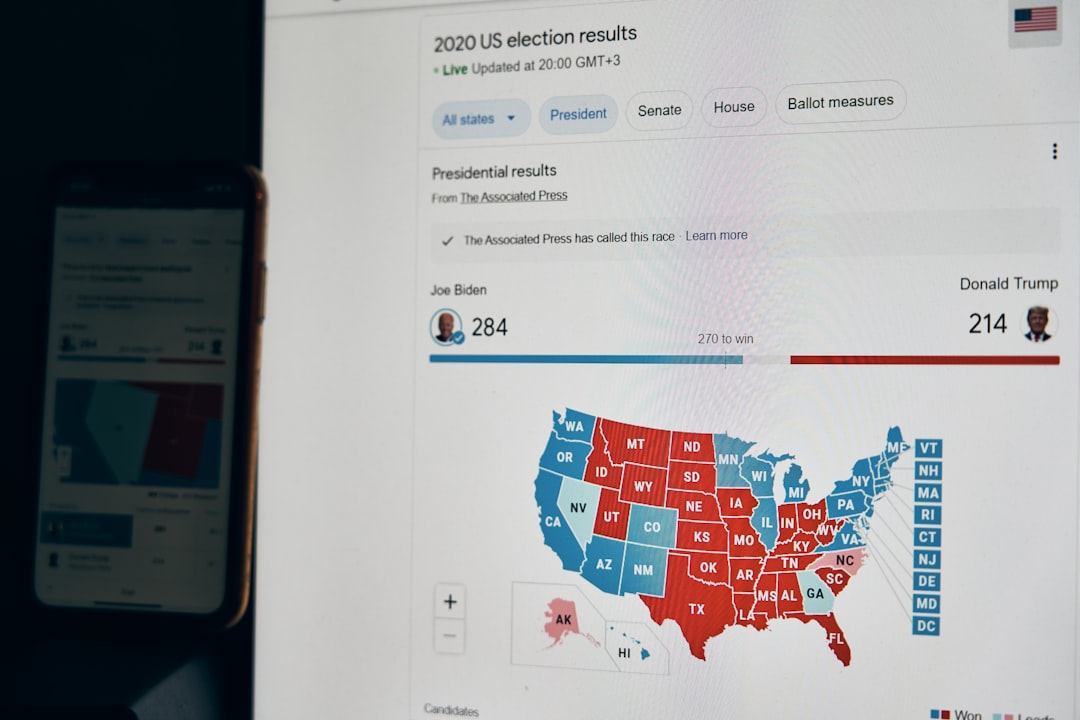
Advertising Creative KPIs:
- Click-through rates (CTR)
- Conversion rates (lead generation or purchases)
- Return on Ad Spend (ROAS)
- Brand sentiment and user engagement
- Reach and impressions
Advertising creatives are responsible not only for engaging content, but also for driving measurable business outcomes. This data-centric focus makes their performance easier (and often more pressing) to quantify.
When to Hire Which?
Depending on a business’s needs, they may benefit from hiring one professional over the other—or both in tandem. For instance:
- If the need is for clean, consistent product images for a new catalog, a commercial photographer is the go-to expert.
- If the goal is to launch a full-fledged campaign introducing a new brand identity, an advertising creative would typically lead that charge—possibly collaborating with photographers as part of the execution.
Brands often realize the most success when both roles are integrated, ensuring their campaigns look visual brilliant and deliver tangible results.

Conclusion
While there is a temptation to group commercial photographers and advertising creatives under one umbrella, the distinction is important—especially when measuring success. Each role has its own skill set, deliverables, tools, and KPIs. Working in unison, they can elevate a brand’s narrative and make marketing materials both beautiful and effective.
FAQ: Commercial Photography vs. Advertising Creative
1. Can a commercial photographer also act as an advertising creative?
Sometimes, yes. Many commercial photographers develop a strong sense of branding and may consult on campaigns, but full-scale ad creative work typically requires broader strategy and cross-medium expertise.
2. Which is more expensive to hire?
Advertising creatives often command higher fees due to the strategic scope of their work. Commercial photography costs vary depending on complexity, but usually involve fewer participants and deliverables.
3. Which role is more important for e-commerce brands?
Both are critical. E-commerce depends heavily on high-quality images to convert buyers (handled by photographers), while digital campaigns need creatives to steer traffic and engagement toward product pages.
4. How do I know which one I need first?
If your brand lacks visual content or product shots, start with a commercial photographer. If you are ready to launch or pivot a campaign, bring in an advertising creative to lead strategy and messaging.
5. Do agencies offer both services?
Yes, many full-service marketing or creative agencies offer integrated teams that include commercial photographers, advertising creatives, and even video producers to streamline project delivery and brand consistency.

